Practitioners, healers, and coaches tend not to be in this business for the money. For them, it’s more a calling, a life’s purpose to heal and help others. So why is it that despite such good intentions, their lives and work are so challenging?
Here are some of the challenges:
1. Not enough paying clients
By clients I mean people who are willing to pay you for your time, as opposed to those who will happily call you to “find out a bit more about what you do” or those who will come for your free introductory session and go away to “think about it”, never to return.
A client is a client when they agree to pay you. They are a prospective client when they call. They are a prospective client when they see your brochure or website, but they are not your client until you book a session and pay you for your time.
If you don’t have a steady stream of people who will pay for your time, then you have a marketing problem. If you spend more time finding clients than working with clients, then you have a marketing problem.
2. Trouble convincing clients to come to you
There are a lot of people who are great at lead generation; they get lots of people calling up for a chat or more information, but who never seem to tip over into becoming a paying client. Usually, this is around fear – fear of change and fear of knowing a truth they would rather pretend wasn’t there. Rapport and communication skills are ways to solve this problem.
3. Clients who don’t pay
Depending on how you run your practice, you can have clients that simply don’t pay their bill. They may argue about the price, claim they didn’t benefit, and worst of all – blame you for not solving their problem for them. Solving this requires simple business boundaries like a contract or terms and conditions. Get them to agree to them before you start working together and make sure they stick to them.
4. Client makes the change but rejects you or your role in making the change
Sometimes a client comes to you and makes fantastic changes to themselves and their lives. They are healed. But later they deny that they ever had a problem or that you ever helped them solve their problem. They might say things like “well it was never that bad” – even when they had cancer and now they don’t! Or they might say “it was getting better anyway. I don’t know how much what you did had to do with it”.
In addition, it is not uncommon for a client to completely avoid you, snub you if you run into them or reject you. They do this because you remind them of their old problem. This isn’t anything to be concerned about and can be quite healthy for the client. If your ego demands recognition and accolades, then it’s you who has the problem.
5. Your client stays stuck
For example, you or your client may have identified a problem, a limiting belief or a behaviour that does not serve them, or an emotional response that is inappropriate, and no matter what you say or do with your client, they don’t change. You know what they have to do but they can’t or don’t seem to want to do it. Solve this by learning more change and healing techniques and working with higher levels of energy. The more energy you have access to, the greater the change in your client.
Another way a client can get stuck is they keep coming back with new problems. This can be genuine, that you have unlocked deeper parts of their unconscious mind and their issues are finally being allowed to surface so they can be dealt with, but sometimes it can indicate they have become dependent on you, and this is a problem. Working in a way that empowers the client and doesn’t disempower them will solve this one.
6. Your client rejects what you offer
We are in the business of getting information that will help our clients solve problems, avoid mistakes and make the most of their lives. So why is it that they then reject this very information? It might be that you have presented it in the wrong way, or it can be that they need help to integrate it in a way that supports their karmic journey.
7. You take on your client’s karma
Have you ever noticed that your client has gone away healed, their problem is completely solved, but somehow you start to develop problems that are similar or exactly the same?
When this happens, you have inadvertently taken on their karma. Because the laws of karma are so little understood, it’s very easy to do this. Usually, their problems are an opportunity for them to grow. Find ways to help them with their problems in ways that encourage them to grow and evolve. This is the difference between showing them how and doing it for them, or the difference between offering a helping hand and carrying them. Find a way of working that is empowering, and you will avoid taking on any client’s karma ever again, and even “work off” some of your own.
Love,
Dr Lisa Turner
How do you know at what level your spiritual vibration is? Take this short quiz to discover your Spiritual Vibration Score: vibration.scoreapp.com








